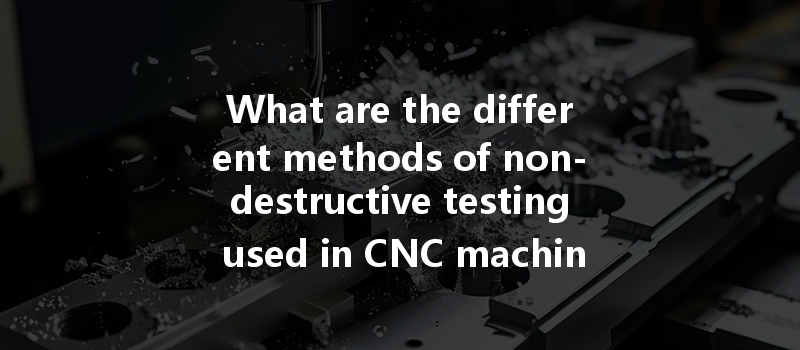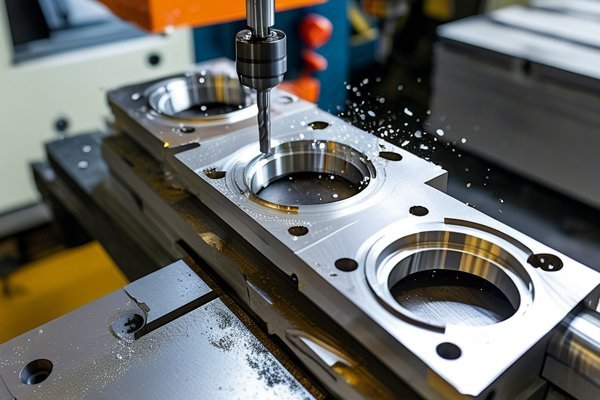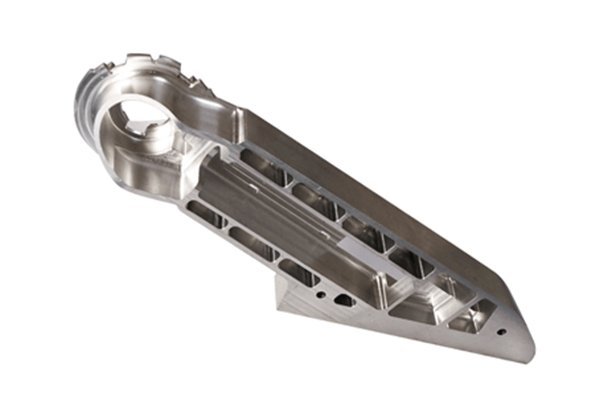*
Did you know that approximately 20% of manufacturing defects can be traced back to machining errors? This statistic emphasizes the paramount importance of ensuring precision and quality in CNC machining processes. In an era where manufacturers are continually striving for excellence, the significance of non-destructive testing (NDT) in CNC machining cannot be overstated. In this comprehensive blog, we will explore various non-destructive testing methods used in CNC machining, address their benefits, limitations, and applications, providing readers with a detailed overview for enhancing quality assurance in their manufacturing processes.
—
Non-destructive testing refers to a range of techniques used to evaluate the properties of a material, component, or assembly without causing damage. NDT is an essential part of quality control in industries such as aerospace, automotive, and manufacturing, enabling engineers to identify flaws and ensure product integrity without compromising its usability.
1.1 Importance of NDT in CNC Machining
CNC machining produces precisely engineered parts, but the potential for defects due to tool wear, material flaws, or machining errors can undermine this precision. NDT serves as a critical preventive measure to mitigate risks associated with these factors. By implementing NDT strategies, manufacturers can:
—
2.1 Visual Inspection
Despite being the most basic method, visual inspection remains an effective and crucial part of NDT. Operators perform a visual assessment of components for obvious defects such as cracks, surface irregularities, or corrosion. This method is particularly viable for large-volume components or those with visible critical areas.
Limitations:
2.2 Ultrasonic Testing (UT)
Ultrasonic testing employs high-frequency sound waves that penetrate a material and reflect off internal defects. The time it takes for the sound waves to return is measured, providing insight into the presence and location of irregularities within the material.
Advantages:
Limitations:
2.3 Radiographic Testing (RT)
Radiographic testing involves passing X-rays or gamma rays through a material to create an image on a film or digital medium. This method is highly effective for visualizing internal structures and defects within complex components.
Advantages:
Limitations:
2.4 Magnetic Particle Testing (MT)
Magnetic particle testing is a method for detecting surface and near-surface defects in ferromagnetic materials. This process involves magnetizing the part and applying magnetic particles; if there are any surface irregularities, the particles will accumulate, making them visible.
Advantages:
Limitations:

2.5 Dye Penetrant Testing (PT)
Dye penetrant testing is a relatively uncomplicated process that uses a liquid dye to detect surface-breaking defects. The dye seeps into any cracks or voids, and after a cleaning process, a developer is added to draw out the dye, revealing the defect.
Advantages:
Limitations:
2.6 Eddy Current Testing
Eddy current testing employs electromagnetic induction to identify flaws in conductive materials. This method creates electrical currents that flow through the material, generating a magnetic field that can reveal defects.
Advantages:
Limitations:
—
3.1 Aerospace Industry
In the aerospace sector, where safety is non-negotiable, NDT plays a critical role. Quality assurance practices ensure that all components delivered meet industry safety standards. NDT methods such as ultrasonic testing are routinely employed to evaluate the integrity of critical parts.
3.2 Automotive Manufacturing
In automotive production, components are machined to high precision, and the potential for defects can lead to serious mechanical failures. NDT techniques like dye penetrant and magnetic particle testing are commonly used for surface inspections to maintain quality.
3.3 Oil and Gas Industry
Components used in the oil and gas sector must withstand extreme conditions. NDT methodologies help detect potential cracks or defects that could lead to leaks or hazardous situations.
3.4 Medical Equipment
Medical devices require strict adherence to regulations. NDT ensures that components used in devices are free from defects that could compromise health or safety.
—
4.1 Designing an NDT Plan
Creating an efficient NDT plan is paramount for successful implementation. Steps include:
4.2 Continuous Improvement
After implementing an NDT plan, manufacturers should consistently analyze processes for efficiency and accuracy. Establishing KPIs can effectively measure performance against goals, while continuous training ensures that staff remains knowledgeable about advancements in NDT technology.
—
Non-destructive testing is not just a protocol—it’s an essential element of quality assurance within CNC machining. The methods outlined in this guide, from visual inspection to eddy current testing, provide a well-rounded toolkit for identifying flaws and ensuring the integrity of machined components. By adopting a proactive approach to NDT, manufacturers can significantly reduce risks, enhance quality, and maintain competitive advantage in a rapidly evolving industry.
As we wrap up this comprehensive exploration of NDT in CNC machining, it’s crucial for manufacturers to recognize the importance of these techniques in safeguarding product excellence. Remember, investing in non-destructive testing is paramount to driving sustainability, safety, and success in today’s manufacturing landscape. By prioritizing these processes, you’re not merely adhering to standards; you’re ensuring a future where quality and safety continue to reign supreme.






